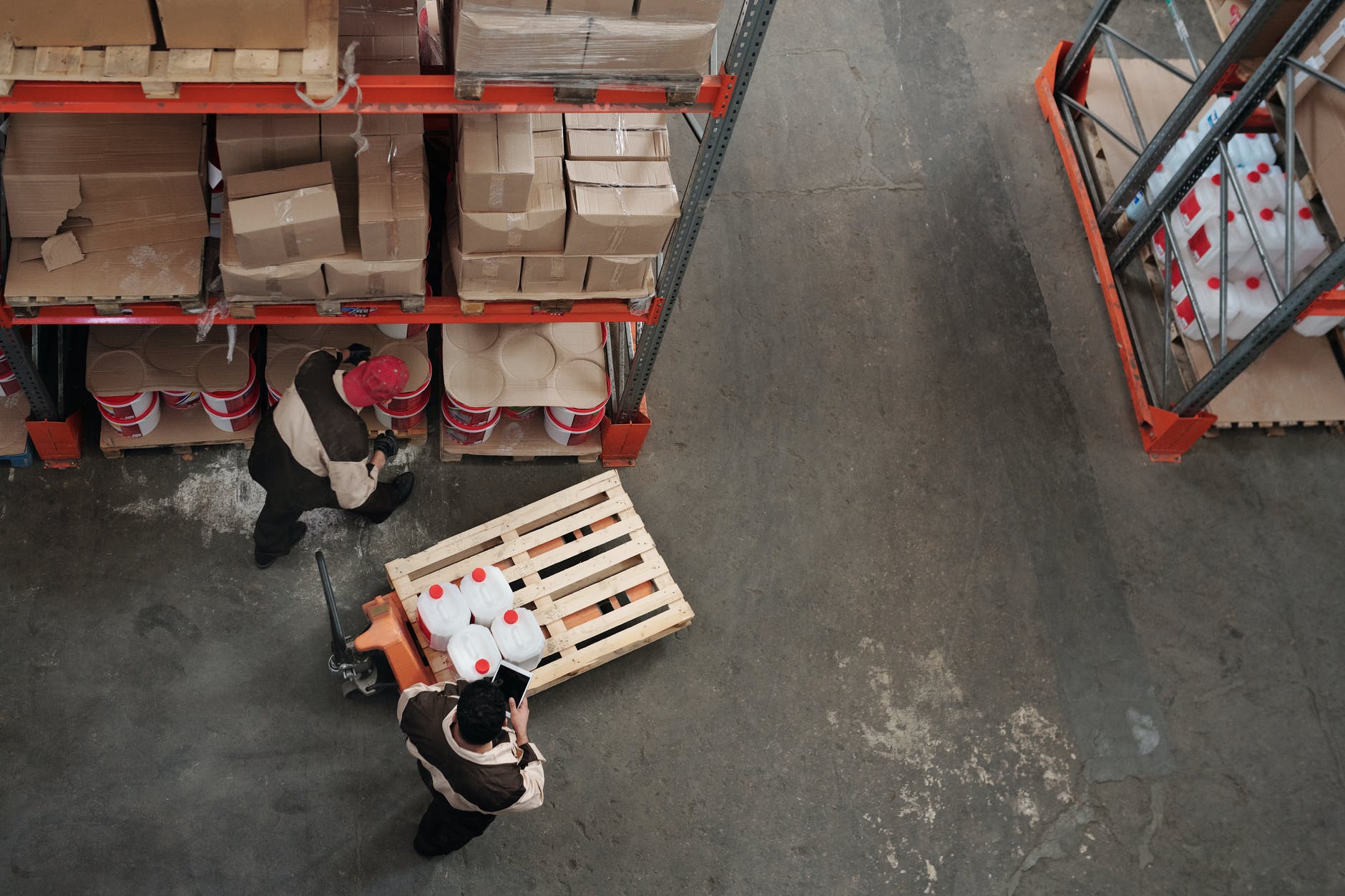Scrap inventory accounting can be done by following three methods.
- Recording as income
- Deduction from the cost of production
- Deduction from the cost of the job
1-Recording as income for scrap invntory accounting
Following journal entry is posted in the books of accounts.
| Particulars | Debit | Credit |
| Cash (Assets) | XXX | |
| Other income (Income) | XXX |
The debit impact of the transaction is to record cash resources received from customers. It’s an increase in the value of assets. Hence, it’s debited. On the other hand, credit impact records income in the income statement.
This accounting treatment is straightforward. However, the problem is that it does not provide detailed aspects of the scrap inventory account movement. So, this method should only be used if the value of scrap is insignificant. However, if the value of scrap is significant, the following method should be applied.
2-Deduction from the cost of production
The process of scrap inventory accounting begins when scrap is identified during production. Following journal entry is posted at this stage.
| Particulars | Debit | Credit |
| Inventory scrap account | XXX | |
| Work in process | XXX |
The debit impact of the transaction is the opening of a scrap account as it has been identified physically. On the other hand, credit impact is the reduction of the dollar value that has been added to the production. The purpose of credit is to reduce the amount of dollars that have been put into production.
So, the following is the impact of scrap inventory on the cost of production.
| Particulars | Debit | Credit |
| Work in process | xxx | |
| Finished goods | xxx |
The debit impact is the closing of the work in process account as it was open in the above transaction, and credit impact is the reduction in the value of finished goods, which is the purpose of this accounting treatment.
So, the cost of production has been reduced. It means when goods are sold, the gross profit will be higher due to the lower value of the cost of goods sold/finished goods.
This treatment of scrap accounting provides detailed movement. However, the problem is that cost reduction cannot be identified for separate jobs.
3- Deduction from the cost of a job
The accounting treatment under this method is the same as discussed in the second type of accounting treatment. However, the difference is that specific scrap value is allocated to specific jobs. It helps to get true profitability with the detailed movement of scrap account (job-wise).
Conclusion for scrap inventory accounting
There are three types of scrap accounting: recording scrap as income, deduction from the cost of production, and deduction of scrap value from the specific cost of a job.
Recording scrap as income is straightforward. However, it’s difficult to exercise controls on the scrap with this method as it does not require detailed aspects.
Deduction from the production cost provides detailed scrap movement, and controls can be exercised. Similarly, deduction from the cost of a job is more concise as this method of accounting uses specific job-related scrap breakups and helps to exercise controls.
Also read, tothefinance
